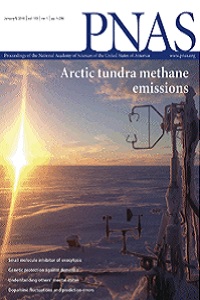Despite its theoretical prominence and sound principles, integrated pest management (IPM) continues to suffer from anemic adoption rates in developing countries. To shed light on the reasons, we surveyed the opinions of a large and diverse pool of IPM professionals and practitioners from 96 countries by using structured concept mapping. The first phase of this method elicited 413 open-ended responses on perceived obstacles to IPM. Analysis of responses revealed 51 unique statements on obstacles, the most frequent of which was “insufficient training and technical support to farmers.” Cluster analyses, based on participant opinions, grouped these unique statements into six themes: research weaknesses, outreach weaknesses, IPM weaknesses, farmer weaknesses, pesticide industry interference, and weak adoption incentives. Subsequently, 163 participants rated the obstacles expressed in the 51 unique statements according to importance and remediation difficulty. Respondents from developing countries and high-income countries rated the obstacles differently. As a group, developing-country respondents rated “IPM requires collective action within a farming community” as their top obstacle to IPM adoption. Respondents from high-income countries prioritized instead the “shortage of well-qualified IPM experts and extensionists.” Differential prioritization was also evident among developing-country regions, and when obstacle statements were grouped into themes. Results highlighted the need to improve the participation of stakeholders from developing countries in the IPM adoption debate, and also to situate the debate within specific regional contexts.
Obstacles to integrated pest management adoption in developing countries
Citation: Parsa S, Morse S, Bonifacio A, Chancellor TCB, Condori B, Crespo-Pérez V, Hobbs SLA, Kroschel J, Ba MN, Rebaudo F, Sherwood SG, Vanek SJ, Faye E, Herrera MA, Dangles O. 2014. Obstacles to integrated pest management adoption in developing countries. Proceedings of the National Academy of Sciences of the United States of America 111(10).
2014-08-01
journal_article

